To see the Battalion Bloggers post...
A Surprise Package Inspires Action!
Hello Battalion Bloggers,
I am sorry I have been mostly off line since the beginning of the year. The New Year is normally slow for me but this year has been very busy. I am trying to catch up a little now in between tasks.
One of Australia’s two major supermarket chains had a promotional idea. They decided to release animal cards children (including big ones like me) could collect. With the success of the first series on “grown up” animals, they ran a new very cute series on baby animals. I set to work and managed to collect three sets with the help of local staff and then had to decide where they should go. Australian children didn’t need them because they could get their own so two sets headed to Canada and one to USA.
I can see by your bar graph, some animals caught your interest more than others. I know I have favourites I like to photograph but my favourites are usually what I am photographing at that time.
Your comments…
TREE ANIMALS
Ethan – Flying foxes are very common in many areas of Australia (click Australia to see a map) and Asia. Sometimes at night I have been in my backyard and heard the flying foxes squabbling in a neighbour’s fruit tree. They are also found in cities. I know of colonies in Sydney. Bats are fascinating. I have even encountered bats (not fruit bats) when I tried some spelunking (cave exploring).
Now a less pleasant fact...
Some wild flying foxes and other bats have been found to have a problem for humans. They can carry a virus known as lyssavirus and so shouldn’t be handled as infection could be fatal if untreated. Lyssavirus is closely related to the rabies virus. I always find it safer not to handle wild animals.
Of course, human activity can be a problem for bats through habitat destruction or, in the case of what I think is a dead little broad nosed bat, collisions with cars.
Melvin – The grey-headed flying fox is the bat I most commonly see at night around my home. Their squawks as they feed and squabble are easy to hear. Pteropus poliocephalus – my Latin isn’t great but I think the scientific name stands for wing (ptero), work (opus), greyish (polio), head (cephalus) so pteropus poliocephalus probably means grey-headed working wing.
According to Wikipedia, there are 60 species of flying fox bats in the world of which I think Australia has four, the little red, spectacled, black and grey-headed flying fox.
Catherine, Hilary, Aya and Jenna – Koalas are certainly picky eaters. Eucalypt trees (we also call them gum trees) are common and have a number of species in Australia but koalas won’t eat the leaves of all kinds. If we were to eat the leaves, we would become very sick because of the eucalyptus oil in the leaves but koalas are adapted to digesting the leaves. This can take some time. This is part of the reason koalas spend so much time sleeping. It saves energy so, rather than being lazy, they are being energy efficient. Would that make the “green” koalas?
Koalas don’t normally need to find and drink water because they take it in with the leaves but I have seen video of koalas after a fire has come through. If they survive, they can be very thirsty. Firefighters and animal rescue people have poured water in their hands and wild koalas they find have drunk from their hands. They are amazing little animals.
Jenna, a little extra information – A number of animals are known to swallow rocks or gravel to help digest plant foods. Such stones are known as gastroliths (mean stomach stone) and were even used by some dinosaurs. Many birds also use them for the same reason, they help digest food. As you know, chickens don’t have teeth to help chew food.
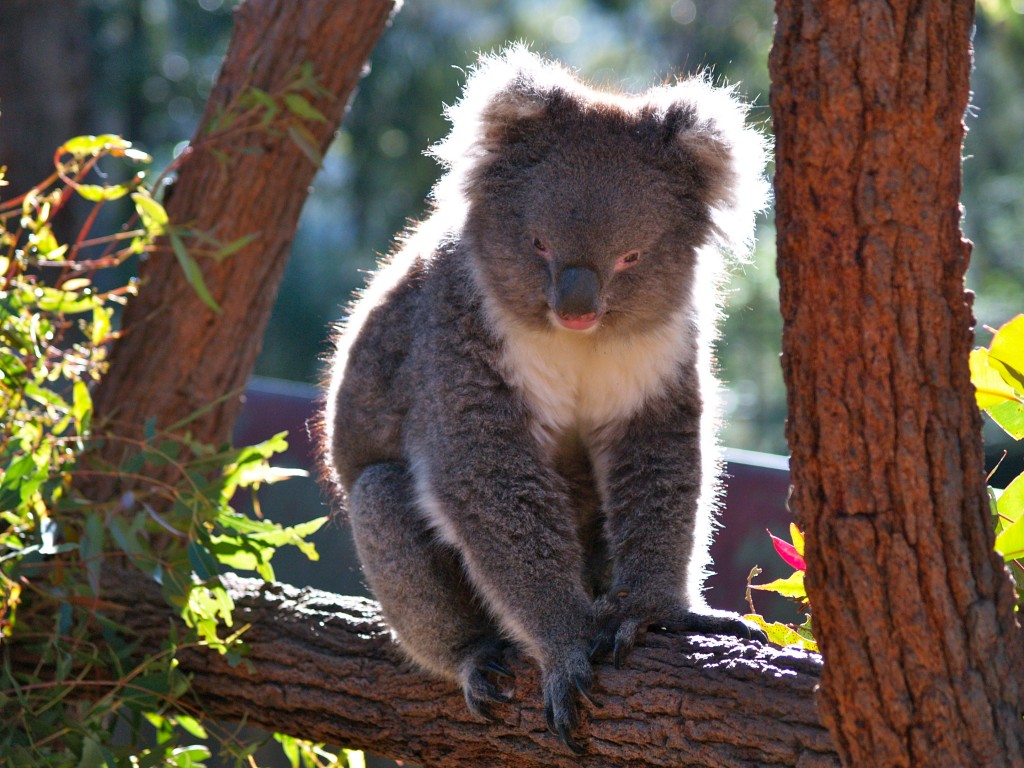
Schools and students have permission to use this graphic for non-commercial, educational purposes.
This graphic should not be used without written permission from me.
LAND ANIMALS
Kennedy – I have seen mobs (the name for a group of kangaroos) of red kangaroos bounding across drier areas of Australia. The males can be around my height and are very strong. Did you know the males fight using their strong legs? Until I was able to deliver it to a zoo, I had a young, orphaned red kangaroo. When it saw me, it would hop up and kick me but was too small to cause any damage. It was calm when it got into a sack. For the young roo, it was like being in its mother’s pouch. There are no red kangaroos near where I live now. We mainly have eastern-grey kangaroos and wallabies. Kangaroos are only native to Australia.
eastern grey kangaroos
Kelly – Joey is a term we Aussies use for the young of most marsupials. So kangaroo and koala babies are joeys. My favourite name for a baby animal goes to the young of the echidna and platypus. Echidnas and platypuses aren’t marsupials (pouched animals). They are monotremes, egg-laying mammals. Monotreme young are known as puggles.
Only responding to movement might seem odd but it appears in other animals. I think I read t-rex dinosaurs probably only responded to movement so, if you ever face one, stay still. 🙂 It wouldn’t work with lions.
Here’s a puzzle for you, if red kangaroos only detect motion, does the world disappear if the kangaroos are still and no wind moves grass and trees? I suspect there is some vision at all times but kangaroos only respond to movement because the signal is stronger.
Daniel – As you would have place names and other words taken from native languages, many names in Australia come from local Aboriginal names. Sometimes, names might be exactly native because early European settlers misunderstood.
For emu, we aren’t certain where the name originated. Wikipedia states it may have come from the Arabic for large bird and be used by early Portuguese explorers.
When checking on the world’s largest living birds, the emu may be second in height but I suspect the cassowary (found in Australia and New Guinea) is heavier and the Australian southern cassowary might grow slightly taller. The tallest bird know to have existed was probably the giant moa (Dinornis) originally found in New Zealand. They are thought to have become extinct mainly because of hunting by early Polynesian settlers (Maoris).
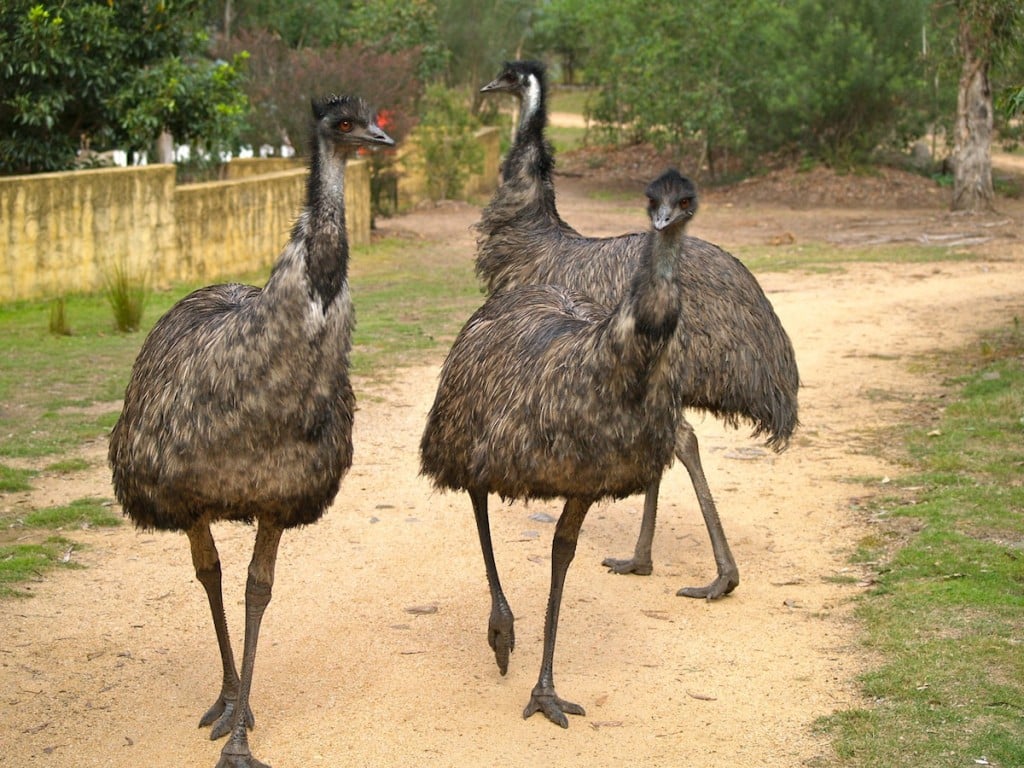
Schools and students have permission to use this graphic for non-commercial, educational purposes.
This graphic should not be used without written permission from me.
Here are just a few Aboriginal names for emu from the very many languages…
Ngurruy (Ngiyampaa people of N.S.W.)
Kalthi (Paakantyi people of N.S.W.)
Dhinawan (Wiradjuri people of N.S.W.)
Kawir – (Wembawemba people of N.S.W.)
Warrhukaathi – (Diyori people of S.A.)
These words are taken from “Macquarie Aboriginal Words” – ISBN 97809497571
Sam – While I have seen bilbies in zoos, I haven’t seen them in the wild where they are endangered. There is a national plan trying to help the bilby numbers grow again.
It may interest you to know something about Easter in Australia. You probably know about chocolate Easter eggs and Easter bunnies but, here in Australia, you can also buy Easter bilbies. Money raised from their sales helps to save the bilby through donation to conservation programs

This picture is in the public domain because its copyright has expired and was sourced through Wikimedia Commons.
Alex – Bearded dragons are interesting and I have held the spiky little guys and have seen them in the wild. They can be bought as pets here but you must be licenced in my state because all native reptiles are protected. They are not allowed to be collected from the wild.
Isaac – Tasmanian devils are interesting carnivorous marsupials (pouched animals). Early European settlers in Tasmania would hear the sounds of the devils and feared evil spirits might be at work.
I have seen devils in zoos but didn’t see them in the wild when I was in Tasmania. Despite their snarls and strong jaws, they are cute little guys but I wouldn’t place a finger near their mouths.
Wombats are very strong diggers. I often come across their burrows when hiking. I suspect the Tasmanian devils find it much easier to use an empty wombat burrow than digging their own.
Click the link below to hear Tasmanian devil sounds.
TasmanianDevilSounds
This audio file was sourced through "Community Audio" where it was listed without a creator or any copyright instructions. I assume it is in the public domain.
I didn't have a Tasmanian devil photo in my collection but did have this drawing of mine.
Kate – I have not only seen many eastern blue-tongued lizards (skinks) in the wild, I have found them visiting my yard as they search for bugs or delicious snails (not the French escargot type). They are docile (not aggressive) but I tend to leave them alone unless they’re injured. I did once find one seriously hurt little guy in my yard and had to take it to a local vet but he didn’t survive the injury. I think perhaps a dog had attacked him. Dogs and cats can be dangerous for many small native animals. The video below is a northern blue tongue giving birth…

Schools and students have permission to use this graphic for non-commercial, educational purposes.
This graphic should not be used without written permission from me.
Noam – Short-beaked echidnas are native to most areas of Australia, including around my home. I have had one exploring my yard and seen them in parks in my town as well as in the wild. They’re aren’t aggressive and can’t bite but, being monotremes (egg laying mammals), they are fascinating little guys. When threatened, they use their strong claws to hold on to the ground while they show their spines.
Peng Peng – I have seen dolphins off our coast a number of times, including bottlenose dolphins. They are beautiful animals and seem curious when they see humans in our waters. Bulls, cows and calves are good names although people often only think of cattle but the titles are used for other mammals including elephants.
Dolphins are part of the Order Cetacea of animals. Cetacea include whales, dolphins and porpoises.
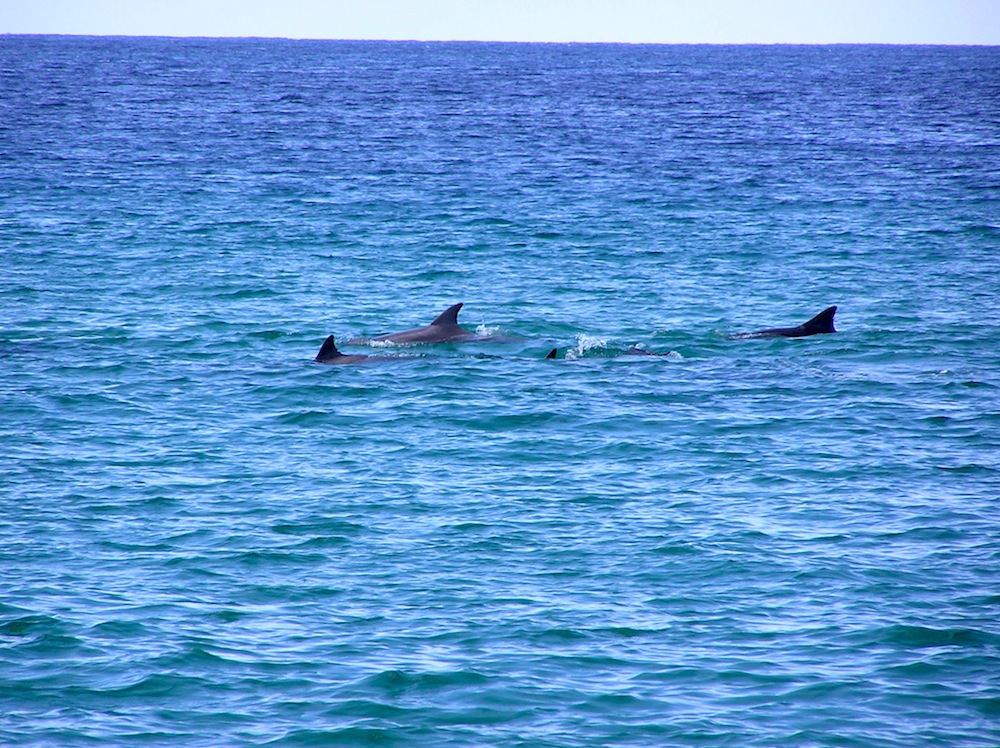
Schools and students have permission to use this graphic for non-commercial, educational purposes.
This graphic should not be used without written permission from me.
I photographed these dolphins as they swam near the shore.
Claire – Bottlenose dolphins can be found in oceans around the world but I don’t think they tend to reach Canadian waters because of cooler temperatures.
Did you know some sharks like bottlenose dolphins, especially the calves? The problem for sharks is the dolphins can often protect themselves. Dolphins turn and charge the shark. Sometimes groups attack and have been know to kill a shark.
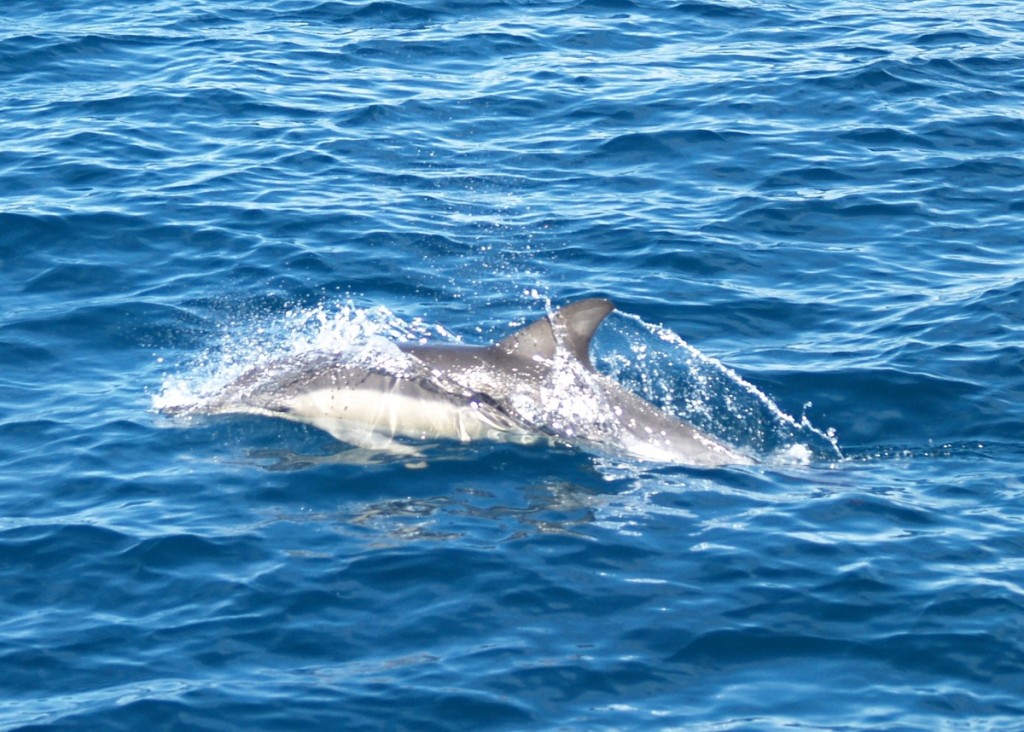
Schools and students have permission to use this graphic for non-commercial, educational purposes.
This graphic should not be used without written permission from me.
I believe this is a common dolphin. I photographed it while on a whale watching cruise off our coast.
Cohen – Port Jackson sharks can be found in Australian coastal waters but don’t tend to be along the most tropical areas. As the name suggests, they are also found in Port Jackson waters. You may not have heard of Port Jackson but it is the bay around which Sydney has been built.
As their diet includes mostly molluscs and similar creatures, they aren’t seen as dangerous to humans. Their egg cases are sometimes washed up on beaches and are easy to recognise.
Hannah – Black swans can be found on our saltwater lake or in large ponds. There is one area in a town only 35km from my home that can fill with water in wetter times. I once stopped to watch numerous black swans wandering along grassy areas near the water then realised all of the adults were being followed by cygnets. They can be aggressive if they think they or their babies are threatened.
Amy – Turtles can be fascinating animals. My two nieces grew up in a Queensland town named Bundaberg. While Bundaberg is know for its fields of sugarcane, the coast east of the town is know for Mon Repos Conservation Park. Between November and March each year loggerhead, flatback and green turtles come ashore to lay their eggs in the beach sand.
Nightly tours during that period of the year allow visitors to see they turtles laying eggs or, 6 to 8 weeks later, see hatchlings emerging from the sand and heading to the water.
We all know humans are either male or female as they develop before birth but turtles are different. The temperature of the sand makes the difference for turtles. Higher temperatures help turtles hatch sooner and emerge as females. Cooler temperatures tend to result in males.
Martin – Australian sea lions can be seen around southern and south-western areas of Australia but not normally near where I live. We are more likely to find Australian fur seals in our waters. One old male was an annual visitor to a favourite rock in our town’s lake.
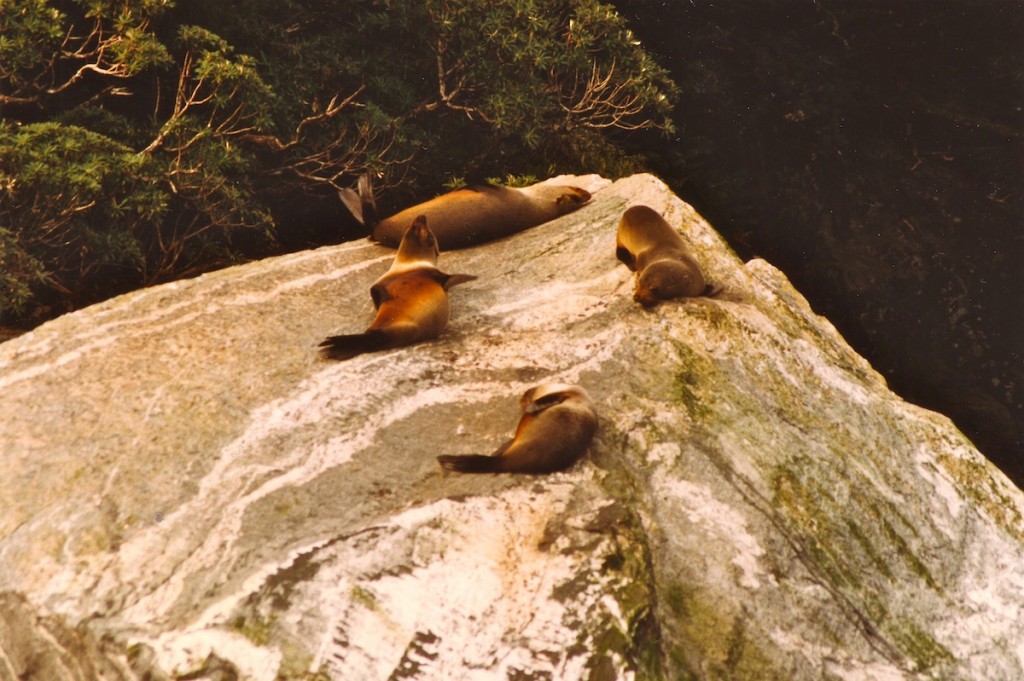
Schools and students have permission to use this graphic for non-commercial, educational purposes.
This graphic should not be used without written permission from me.
These are New Zealand fur seals. They have also been found along Australia's coastline.
Well, what started out with an intention to write a short comment seems to have blown out into something a little longer. It’s like much in life, we start with some knowledge and seem to collect more as life moves along. We learn. We share. We are all both teachers and students in life.
Learning is a lifelong journey we all travel. When we travel it with others our journey is all the richer.
- Schools and students have permission to use this graphic for non-commercial, educational purposes.
This graphic should not be used without written permission from me.

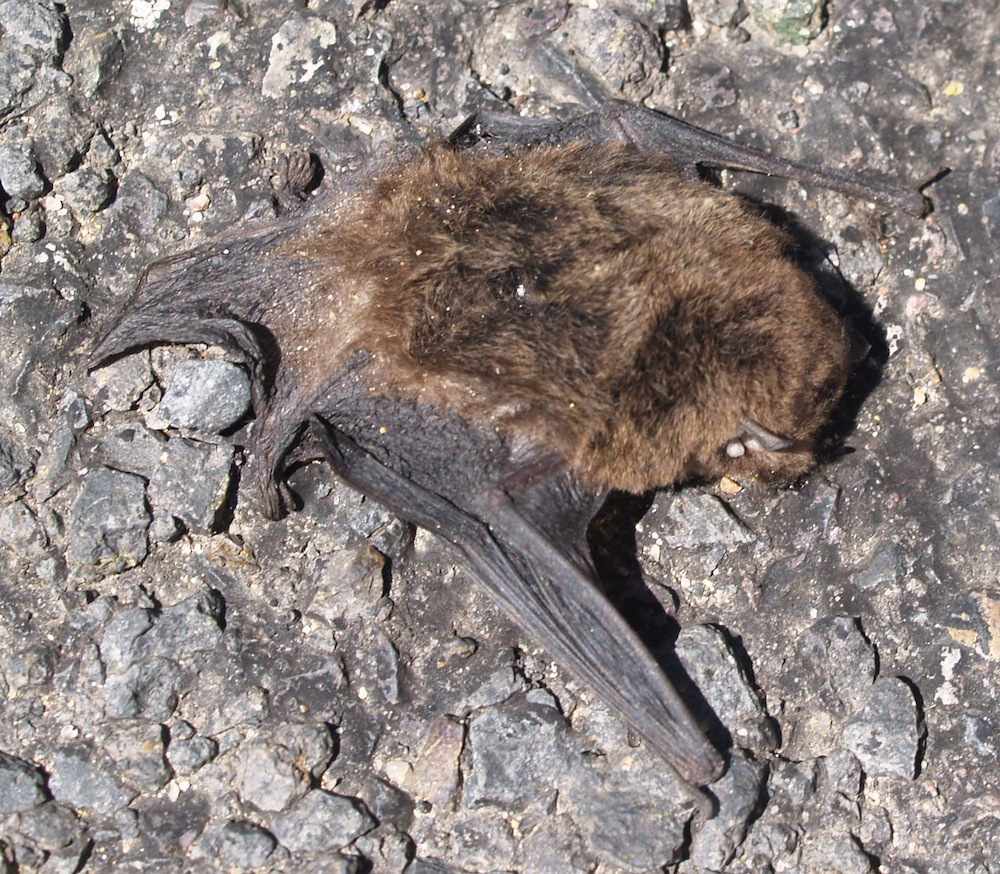
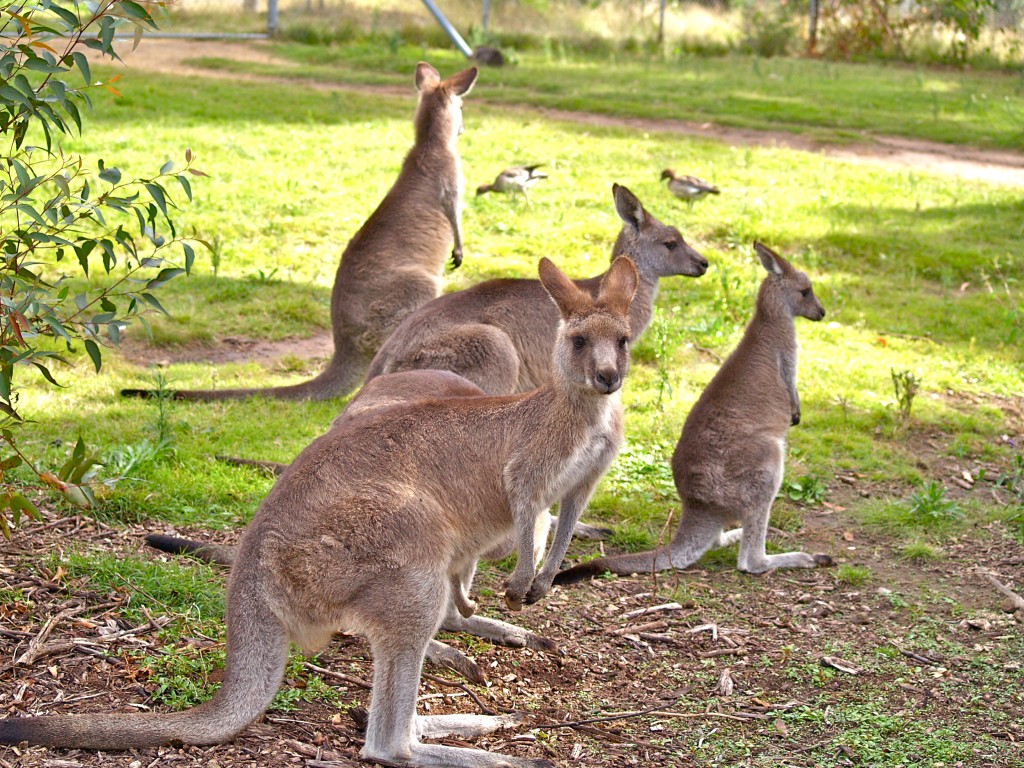
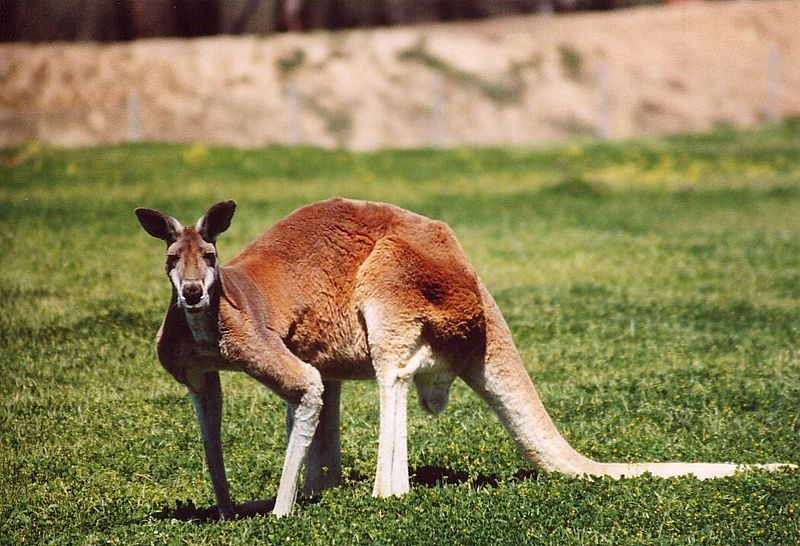
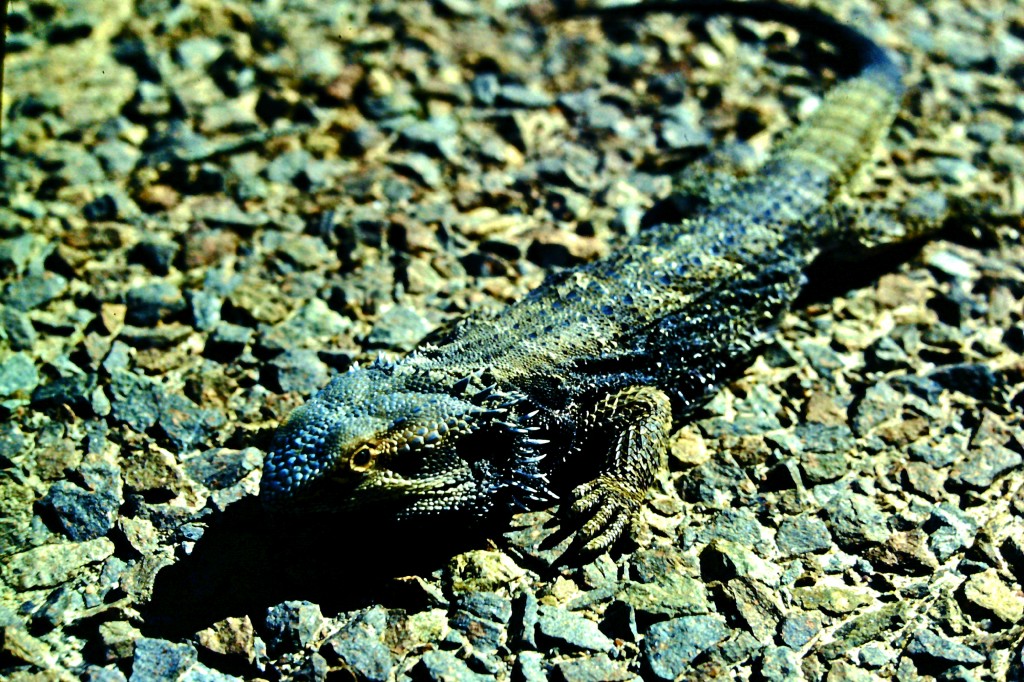
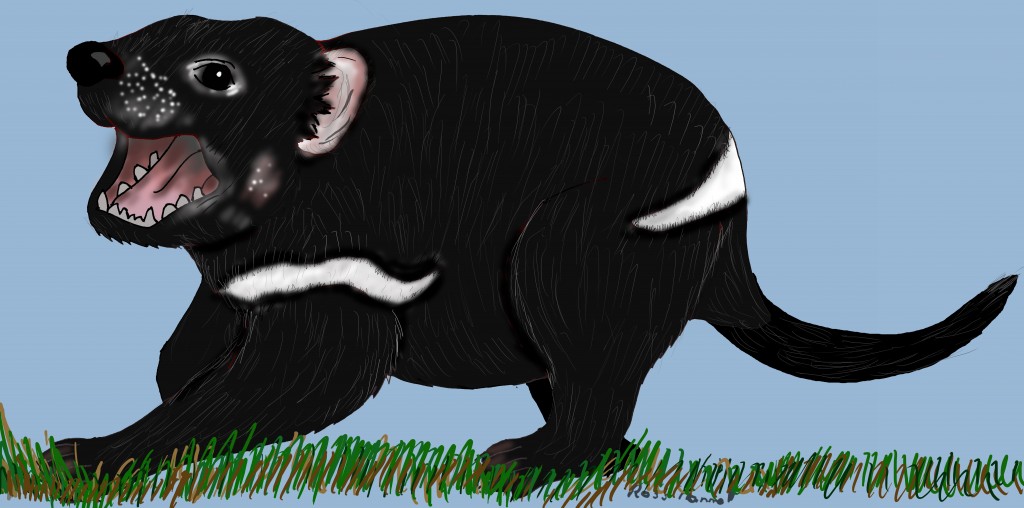
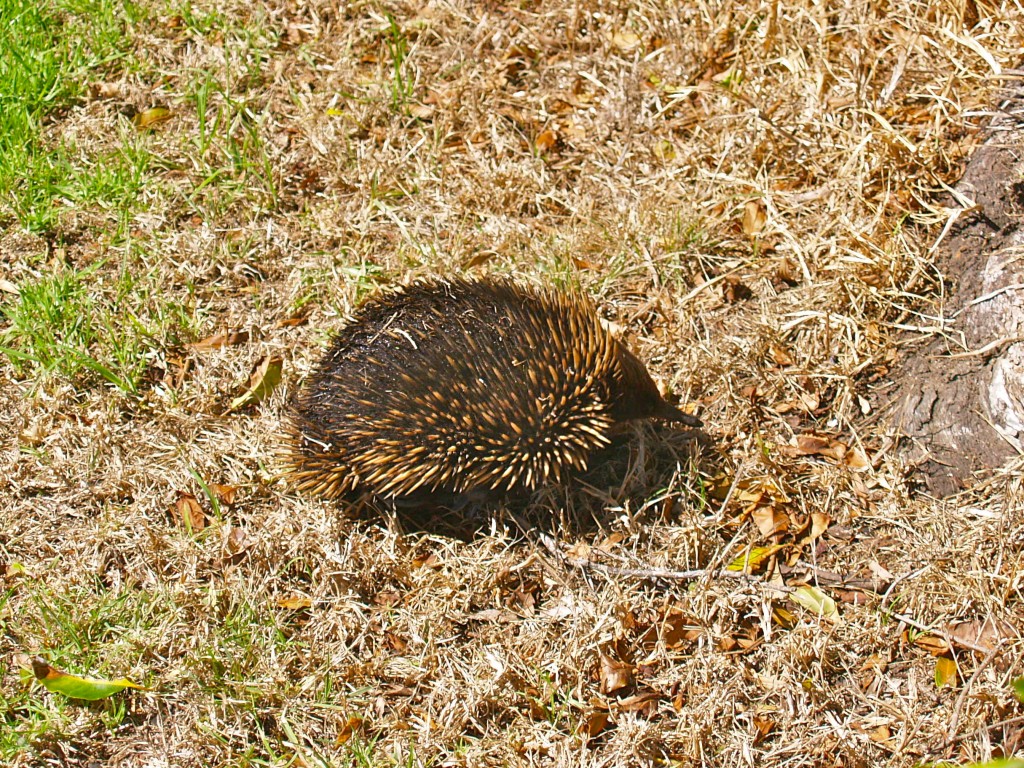
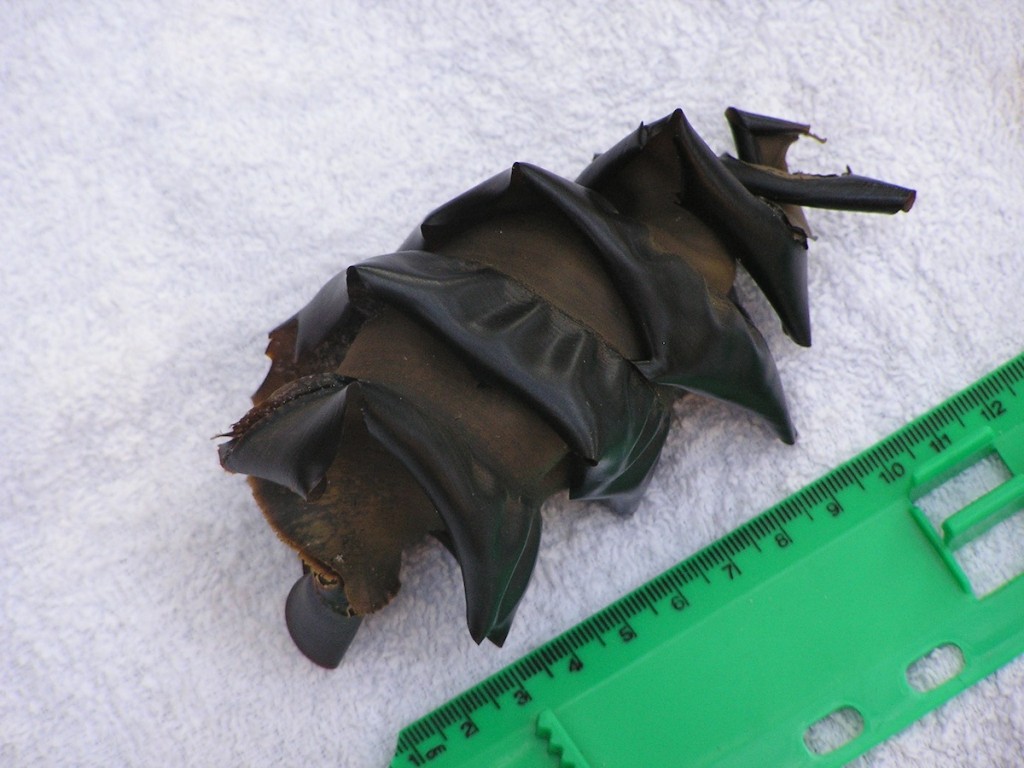



The Battalion Bloggers
Hello Ross!
We want you to know just HOW much this extended comment meant to us! We spent yesterday afternoon and this MORNING reading it in depth and exploring all the AMAZING links you shared with us. You are right … it sure didn’t turn out to be a short comment. But, we are THRILLED that it didn’t end up being short because we learned even MORE amazing things about these Australian animals! We know a TON of work went into this comment for us and we really want you to know just HOW much it MEANT to us all!
Here are some of our reflections:
“Hi Ross. Thanks for all the awesome facts about echidnas. That video of the Eastern Blue Tongued lizard giving birth was cool. The picture of the bottle nosed dolphin was fascinating. The video of the koala after the forest fire was so cute. I loved when it was drinking water from the water bottle. I liked the video of the red kangaroos fighting. It was awesome. And, again, thank you, Ross, for all your work!” ~Noam
“Hi Ross. Thank you for sending us some amazing information about Australian animals. Thank you for the amazing videos. The baby black swans were so cute but the MOST cute part was when the babies followed their parents. I was surprised when I saw all the algae in the water because I had never seen that before!” ~Hannah
“Hi Ross! I liked how you wrote each of us a comment. Thank you for sending us the animal cards because we got more wonders. What did the emus evolve from and what is the tallest bird? I wonder how the real name of the emu is pronounced. How can you tell the difference between a male emu and a female emu? If you didn’t send us the cards, I wouldn’t know that emus swim! Which continent is Polynesia on? We are so lucky that we blog with you, Ross!” ~Daniel
“Hi Ross! Thank you for telling us lots of facts. I appreciate that. Thanks a lot for taking time off and researching. I also liked how you took pictures of the red kangaroo. Which kangaroo do YOU like? I also like how you tell us a lot of great facts. I wish we could do this again!” ~Kelly
“Hi Ross! I loved the turtle information you shared on your post. I think it’s cool that you did all that research for us! I thought it was really awesome that a turtle can lay 110 eggs at one time! Are the turtles in Australia endangered? Thank you SO much for the AMAZING post! PS I LOVED the turtle video!!!” ~Zyne
“Wow, Ross! Thank you for doing all that research for us! What do eastern blue tongued lizard sound like? Do you know what that red ball that comes out of the adult is before the baby is born? What kind of injury did the lizard have that you took care of? We loved the post! Thank you, Ross!” ~Kale
“Hi Ross! Thank you SOO much for the post! I definitely did not see that coming! Port Jackson sharks have a diet of molluscs. The video about Port Jackson sharks was amazing! How many Port Jackson sharks are there?” ~Cohen
“Thank you SO much Ross! I felt so happy you took time out of your day to leave a HUGE comment! I LOVE the baby turtles hatching in the video! You’re SO nice for getting information about turtles for me. It’s sweet of you to get us some information. I didn’t know it depends on the sand temperature for a boy or a girl turtle to be born!” ~Amy
“Hi Ross. The squawks of the flying fox and the sound of the tazmanian devil probably scared the class next door! We really liked hearing how those animals sound. I think that the blue tongued lizard looked interesting. My favourite part of the post was emu video! ~Melvin
“Hi Ross! Thank you so much for giving me and the class an AWESOME extended comment and teaching us LOTS! I loved all the information you gave me about bottle nose dolphins. It was pretty cool how bottle nose dolphins are so defended and can kill a shark! Lots of these animals are fun to research. A few other animals I loved to hear about were the red kangaroo and seeing the video of them having a fight and I also loved the bilby. It is SO adorable! I think my favourite fact that you gave me was that dolphins can turn around and charge the shark and if maybe in a group could kill a shark! I loved all the facts you gave me and the class. And, once again, thank you SO so MUCH FOR GIVING US AN awesome COMMENT. We love your support, Ross!” ~Claire
“Thank you for the picture of the bilby. I liked it. Can you eat chocolate bilbies at Easter?” ~Sam
“Thank you so much for the extended comment, Ross. I loved how you shared the cute little story about the orphaned red kangaroo. When I finished reading it to the class, Mrs. Renton announced to us, he isn’t just good with us but he is also good with animals! It is so cool that red kangaroos fight using their strong legs. Wow. I just can’t believe that a male red kangaroo can be about the size of you, Ross! What are grey kangaroos like? Thank you, once again, for taking your time to do this for us!” ~Kennedy
“Hi Ross! I loved all the information you gave to us! Especially the video of the kickboxing kangaroos! I’ve seen a kangaroo at the zoo but never kickboxing! The extended comment was awesome. I loved when the seal was swimming around. It looked like they were dancing! We are very sorry about how long it took to reply to your comment! Thanks for taking your time to reply. Hope you leave another comment soon!” ~Peng Peng
“Hi Ross! Thank you for the awesome LONG comment! We really appreciate that you took time to expand our learning. It is funny that Mrs. Renton still thinks that koalas are LAZY! You put some awesome photos and videos of the koala and all the other animals in your post! Even though we are doing koalas, we loved the green turtle youtube video. The video of the koala drinking water was too cute! We also loved the boxing red kangaroo! We just loved EVERYTHING!” ~Jenna, Aya, Catherine and Hilary
“Ross, thank you so much! I thought it was cool that you actually saw a dead broad nosed bat! I didn’t know that bats can get rabies just like dogs. I never knew that there are five kinds of bats in Australia! My favourite video was about the kangaroo kickboxing! It was so cool learning about the flying fox. Thank you so much for the blog post!” ~Ethan
“Ross, I very much loved your picture that you drew of the Tasmanian devil! I like how you put the link to the Tasmanian Devil sounds. If you didn’t do the research I would have never known that Tasmanian devils are pouched animals. If you didn’t research we wouldn’t have known more about our animals! We loved how you put time into your blog post! Thanks for helping us learn!” ~Isaac
“Hi Ross! Thanks for your great comment! We really love that you took time out of your week to help us learn more about Australian wildlife. We all love your photos and youtube videos. We really appreciate all of your work. The Tasmanian devil sounds were too cool. The flying fox sounds were very cool too!” ~Alex
“Hi Ross. Thank you for the amazing information. I loved the diving with sea lions video. Their faces were adorable. I would really like to know if you have seen them in the zoos and how many years has the sea lion visitor come to your town. Thank you for your awesome work!” ~Martin
“Thank you, Ross, for sending us these amazing videos and facts. One of my favourite parts of the blog was about the bearded dragon. My favourite part was when the bearded dragon puffs his beard out when he’s in danger. I have seen one in the pet store in Canada. I thought the bearded dragon was interesting. I also heard about kickboxing kangaroos on our blog! It looks like they’re fighting each other. I wonder if they get hurt? I am happy when you send us cool information!” ~Lane
Ross, we are SO thankful that you continue to be a HUGE part of our learning journey. You push our learning deeper EVERY time we interact and we LOVE that! Thank you for being SO awesome!
The Battalion Bloggers 🙂
rossmannell
Post authorFor the Battalion Bloggers original post…
A Surprise Package Inspires Action!
Hello Battalion Bloggers,
It seems at times I write much the same as I can talk, long rather than short. 🙂
Your replies and thoughts on my posts are a highlight of blogging for me. As I read, I often have more ideas come to mind because of the quality and detail of your comments. Sometimes, a left comment or question on a post can lead to another post as it has this time for Daniel.
Blogging allows us to share with the world. Commenting allows us to continue the conversation.
On Your Reflections…
Noam – From small bugs, insects and arachnids up to whales, I find all animals fascinating even more so if I can encounter them myself. 🙂
Hannah – One of my favourite experiences with black swans was an accidental encounter. I had stopped on the roadside at the edge of Bega, a large town a half hour drive from my town. I noticed forty to fifty black swans walking through the grass near a large pond and wondered why they were there. I then noticed why, Following the pairs of adults were approximately 100 fluffy, white cygnets. What a day to be without a camera!
Daniel – What wonderful wonders! 🙂 I couldn’t answer with simple words because I had more than words to share. Here is a link to the answers…
http://rossmannellcomments.edublogs.org/2014/03/14/daniel-wondered-about-the-evolution-of-emus-and-other-things/
Kelly – The most common kangaroo in my area is the eastern grey kangaroo. I often see them when hiking and can sometimes see them eating the grass in the morning on the sports ground across the road from my house. I have also seen red kangaroos in the wild. The first school where I was a fulltime teacher was a small one-teacher school 100km from the nearest town. Out there we had red kangaroos. They looked magnificent as they bounded across the flat, open country of western New South Wales.
Zyne – For me, learning has never stopped. If I become curious about something, I always want to find out more. This can lead to a new post where I share what I have found. Unfortunately, large sea going turtles do tend to be endangered but there are people dedicated to helping them survive.
Kale – You are very observant. You probably know reptiles tend to produce eggs from which their young hatch. In some reptile species the young can develop inside the mother and be born ready to go. I suspect the small red ball you saw could have been the remains of the egg sac from which the lizards hatched inside the mother. The injured lizard I took to the vet had a hole in its right side. A dog bite or perhaps a person accidentally stabbing it with a garden fork as it was in a garden could have caused it. As far as sound is concerned, I have seen and handled a number of blue tongued lizards and have heard little sound except for perhaps a slight hissing sound if it is scared.
Cohen – I am not aware of any attempt to count all of the port Jackson sharks. They can be found along many parts of Australia’s southern coastline. Here is a link to the Australian Museum’s site on the sharks…
Port Jackson Sharks
Amy – Finding out new information is fun for me if I am interested in a topic and I am interested in many topics. Can you imagine what it would be like if human boys and girls were decided by temperature? That would be very strange. For humans, it’s more a game of chance. For the turtles, it may help their survival because humans might by able to ensure there is a good mix of male and female turtle numbers. If we were to have too many males one year, conservationists could artificially adjust the temperature to increase the number of females the next breeding season. Nature is fascinating.
Melvin – Only two nights ago I heard flying fix bats squabbling in a neighbour’s fruit tree. They can be very noisy but can you imagine the sound a large colony might make? I also like emus but I one day came very close to hitting one with my car. I rounded a corner in a country and found an emu standing in the middle of the road. I braked and swerved around it. I could have reached out and plucked a feather it was so close. I think we both had a big scare that day. 🙂
Claire – Nature is always a favourite subject for me. Next week I should be visiting a local zoo only 3 hours drive from here. I hope to be able more photos to my library and fill in some gaps I have. Maybe I will be able to share a few if I find interesting shots I don’t already have. Here is a link to the zoo’s website…
http://www.mogozoo.com.au/animals/animals.html
Sam – Chocolate Easter bilbies taste as good as chocolate bunnies but money raised helps the conservation program trying to save the bilbies in the wild. I haven’t seen them in local shops as yet but I am looking. Here is a link to the Easter Bilby website so you can see what they look like in shops…
http://www.easterbilby.com.au/save_bilby/chocolate.asp
Kennedy – Male red kangaroos can be taller than me and I stand about 185cm tall. I have seen male eastern grey kangaroos almost my height but most I see are much smaller than me. I wanted to share two photos with you so I prepared a short post. The first photo shows one of the tallest male eastern grey kangaroos I have seen while hiking while the second shows a close up shot of a much smaller female.
http://rossmannellcomments.edublogs.org/2014/03/14/kennedy-and-the-eastern-grey-kangaroo/
Peng Peng – I have seen how busy your class has become through blogging. I have found the same. Blogging and commenting is both interesting and fun but time is often short. It’s only at the beginning of each year I have extra time. By mid-year I start to get busy filming again.
Jenna, Aya, Catherine and Hilary – Koalas do spend much of each day sleeping but it’s their diet at fault. They only eat eucalyptus tree leaves and rarely drink extra water apart from what is in the leaves. Eucalyptus leaves are poisonous to us but koalas can eat them. They take a long time to digest and don’t given the koalas large amounts of energy so they sleep to digest and not waste their energy.
Ethan – I find bats to be very interesting creatures. They are mammals like us but are good fliers without the need for planes we use. I have been in caves and seen bats hanging at the top of caves but was sad to see the poor little bat that had been killed by a car. For flying foxes, all I need do is walk outside into my yard in fruiting season to hear them squabbling in trees at nights. There are even colonies living in Sydney.
Isaac – I mentioned to Claire I will soon be visiting a small zoo about 3 hours drive north from here. I’m hoping I might be able to add photos of many of the animals to my collection. Perhaps there will be Tasmanian devils I can photograph. I won’t know until I visit the zoo as it will be my first time there. I might take a still and video camera and hope I can do some filming.
Alex – There are so many Australian animals I have yet to photograph or film but I am always on the look out for something new. I would like to add more video clips of my own to my collection for sharing. I hope to be able to get my own video of Tasmanian devils to share in posts.
Martin – I have seen sea lions and fur seals both in zoos and in the wild. They can be very graceful as they swim. The old sea lion must have died a few years back because we haven’t seen him for some time but he had visited each year for a number of years. ‘m not sure if I have a photo of him but I am scanning all of my old photos onto the computer so he might turn up later this year.
Lane – Bearded dragons can make good pets if you know how to care for them. I have held a couple of them over the years. Yes, kangaroos can get hurt but their chests and stomach areas are very strong so they would survive a strong kick we might find would leave us very hurt.
Keep blogging, Battalion Bloggers. 🙂
The Battalion Bloggers
Hi Ross!
Thank you SO much for another AMAZING extended comment with the most WONDERFUL links! Some of our bloggers are away right now … so they will reply once they return! Here are our thoughts:
“Hi Ross! Thank you for a GREAT comment! I agree that koalas sleep so much during the day. When I see koalas pictures I feel like I can look at the pictures all week long. The best one I like that really reeled me in is knowing that if sea turtle eggs are born on the warm sand the turtle will be a girl. If it was laid on cold sand it would be a boy! Thank you for extending our learning, Ross!” ~Hilary
“Hello Ross! Thank you for leaving a great LONG comment! At first I did think that koalas were LAZY but now that I did some research I know they are just saving energy. Here are my wonders: how long can a koala live and how big can a koala grow? You are right. It would be weird if boys and girls were born because of heat but it’s super cool! Thanks for extending our learning! Once again, thanks for leaving a GREAT comment!” ~Jenna
“Hi Ross! Thank you for leaving an AWESOME comment on our blog! We love that you took time to do it! It’s so cool that if a green turtle is a boy then they were born in the cold sand and if it is a girl there were born in hot sand! The best one that I liked is the red kangaroo! I do think that koalas sleep for hours. I was amazing by your comment. We had a great time – thank you for extending our learning!” ~Aya
“Ross, thank you for the amazing comment! What are bearded dragon’s favourite foods? Why do bearded dragons only fight when they are the same size? Why do kangaroos fight? Does it depend or is it just for fun? Where do flying foxes like to sleep? How big are tasmanian devils? What is your favourite place to hike? What do you like better: chocolate bunnies or chocolate bilbies? We never knew that for turtles it depends on what heat the sand is for their new borns to be female or male! Thanks for the great comment!” ~Alex and Ethan
“Hi Ross! Thank you for leaving a comment for us! It was really funny that you could have plucked a feather off the emu when you were in your car! Have you ever seen a fossil of a tasmanian tiger? Did you know that people see elephant bird eggs on eBay? We hope we can write to you again!” ~Melvin and Kale
“Hi Ross! Thank you for giving me the link to see pictures of chocolate bilbies! They were adorable! They are saving REAL bilbies. That’s nice! The Port Jackson shark video was cool! I loved the video!” ~Sam
“Hi Ross! Thank you for the awesome information! It was great! For us, too, learning has NEVER stopped! We have wonders. We have wonders we are curious about too! We like sharing what we have found. Yes … it’s unfortunate some turtles are endangered and they’re lucky some have survived. We’d love to purchase a chocolate bilby at a shop so we can help the bilbies by eating one!!! Chocolate bilbies sound very delicious. They are MORE adorable than chocolate bunnies! The Port Jackson shark was SO cool. It is awesome that they have a spine in their fins!” ~Martin and Zyne
“Hi Ross! Thank you for leaving us an awesome long comment! We love that you take the time off to research for us and tell us lots of facts. I LOVE that!!! We love when you tell us some awesome facts about Australian animals. We wonder where the red kangaroos live. The baby black fluffy swans were SO cute! I wish we could do this again! We love when you leave comments for us!” Kelly and Hannah
“Hi Ross! Thank you for the comments! We loved how you gave the link to chocolate bilbies. We wonder who got the idea of chocolate bilbies instead of chocolate bunnies? Why are chocolate bilbies famous? We wonder if they sell chocolate bilbies in Canada? I know a class in Canada who would like to buy some! We wonder what real bilbies like to eat and drink? Thank you for giving us learning support!” ~Isaac and Cohen
“Hi Ross! Wow! I can’t believe that you can eat chocolate bilbies and save a bilby at the same time! If you are very busy filming, do you get days off? When I saw the picture of the grey eastern kangaroo it looked like he was posing for you! 🙂 I think blogging and commenting is fun too, because you get to learn more about the world! Can you buy chocolate bilbies online?” ~Peng Peng
Thank you, Ross! You INSPIRE us!
The Battalion Bloggers 🙂
rossmannell
Post authorHello Battalion Bloggers,
Hilary – No matter how many times I’ve seen, held or touched koalas, I’ve found them interesting marsupials. Like you, I also found the girl/boy turtle eggs interesting. There are some animal species which can change boy to girl/girl to boy in their lives. The term for this ability is hermaphrodite. Most of them are invertebrates (no backbones) but there are also some fish. A fish called the wrasse is an example. If the dominant male in a group dies, a female may become a male. Isn’t nature interesting?
Jenna – Koalas can reach as much as around 15kg in weight and live up to around 18 years in the wild and possibly longer in captivity. They have a slight smell of eucalyptus oil because of their diet. While some born in captivity can be handled, they can scratch and bite if you try to handle them in the wild.
Aya – Kangaroos and the smaller wallabies are interesting. If, early in the morning, I look out of the window where I am working, I can sometimes see them of the sports ground across the road. They are usually also seen on a local golf course and in a holiday park. When hiking, I often surprise them.
Alex and Ethan – Bearded dragons do eat some leafy greens and vegetables but they also like juicy worms, bugs, insects, cockroaches, etc. They are omnivorous (plant/meat eaters like us). What’s interesting is young dragons mostly like the bug diet whereas, by the time they’re adults, they prefer mostly plants. In captivity, I know they are often given mealworms.
Dragons show a little sense in fighting. If another dragon is much bigger, the smaller dragons probably thinks it’ll get hurt. Many animals use size to frighten off challengers.
Kangaroos live in groups called mobs. Males and females can fight over drinking places but the males tend to fight over females. It can be to find the dominant (biggest/strongest) male who has the mates and therefore fathers more joeys. Kangaroo fights don’t usually last very long. I have seen then “boxing” at times. They rarely get seriously hurt.
Flying foxes like to sleep in trees during the day then fly around at night in search of food. Right on Sydney Harbour you find the Royal Botanic Garden. They had trouble with a colony of flying foxes which had moved into the gardens and were damaging rare trees before they moved on. If you scare a large colony, they can be very noisy as they fly off.
Tasmanian devils can be around 0.2g when born but grow to an average of 6kg when fully grown. Growing from 0.2g to 6kg is an increase 30,000 times. Imagine if a human baby grew that much. A human baby born at 3.3kg would grow to 99,000kg.
Hiking is a hobby of mine when I have the time. I like national parks, nature reserves, coastal walks or even hiking along highways and roads. I usually also have a camera with me in case I see interesting things to photograph.
Chocolate bunnies/bilbies are both chocolate so I like them both but bilbies sell to raise money to help save wild bilbies so they have the advantage.
Melvn and Kale – I have seen a taxidermy example of the Tasmanian tiger as well as fossils and bones in museums. There are people who believe there might still be some in very remote areas of Tasmania. Perhaps one day we will see them again. It would be wonderful. Ebay can be a source of all sorts of things but I hadn’t thought of looking for elephant bird eggs. 🙂
Sam as well as Martin and Zyne – Chocolate bilbies are delicious, real bilbies are cute and Port Jackson sharks are interesting. With Easter coming up, I’m looking for chocolate bilbies but not to photograph. If carnivores eat meat, herbivores eat plants and omnivores eat meat and plants, do you wonder if there are chocivorous animals only eating chocolate? I think I come close to that species. 🙂
Kelly and Hannah – Red kangaroos aren’t found in my area. They tend to live in drier areas of Australia west of the major mountain range running down Australia’s eastern half. When breeding season is on again, I’ll have to see if I can get some photos of black swan cygnets.
Isaac and Cohen – A group had been trying to raise money to help save the endangered bilbies when someone came up with the idea of the Easter bilby. For Australia, they make sense. Rabbits are not native to Australia and are listed as a pest species because of the environmental damage they can do in the wild. Here is a Wikipedia link for bilby information… http://en.wikipedia.org/wiki/Macrotis
Peng Peng – Because I am no longer working as a teacher with my own class, I officially have every day off but I love to fill my days with activities such as photography, video, blogging, commenting, reading, walking and going tot he cinema. On Thursday I drove to a zoo called Mogo Zoo and a pioneer village replica called Old Mogo Town in order to add more photos and video to my collection. I may be able to share some of what I captured soon. I haven’t seen too much of online bilbies but grocery stores like the Woolworths who supplied the cards I sent you can have them.
Keep blogging 🙂